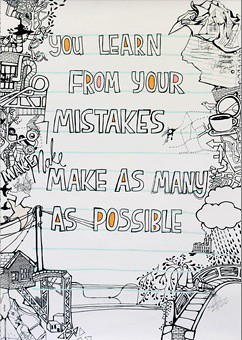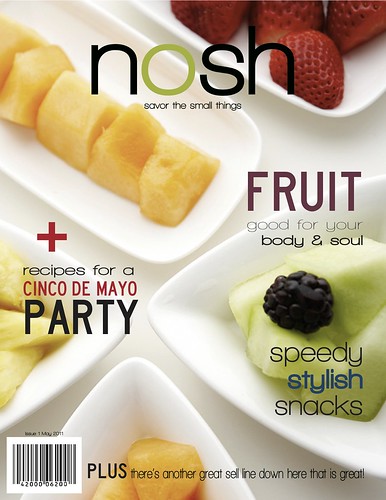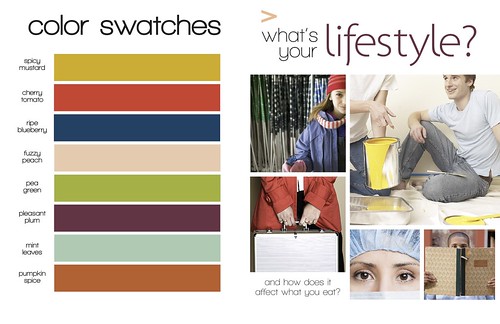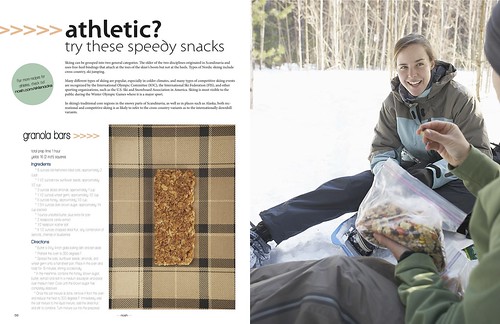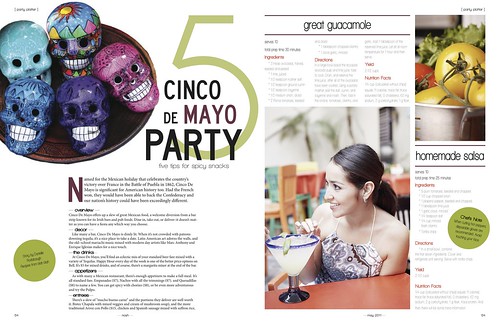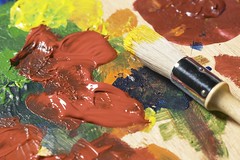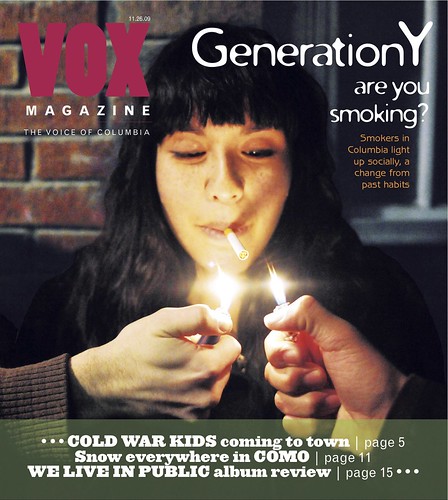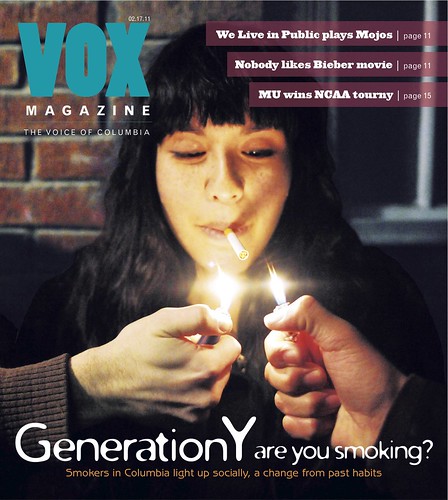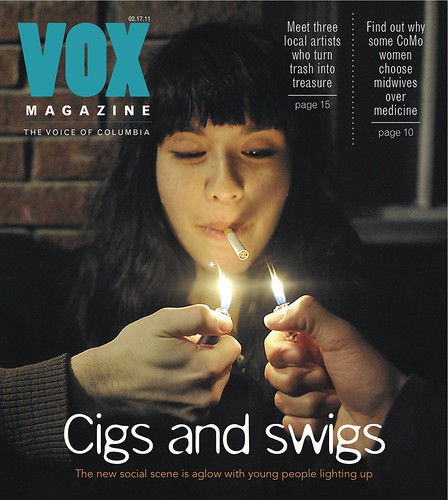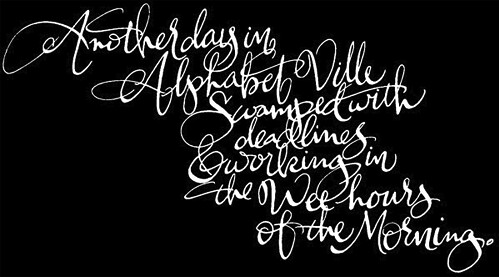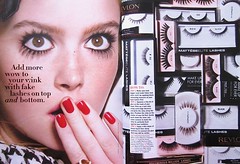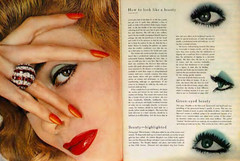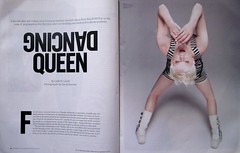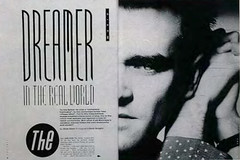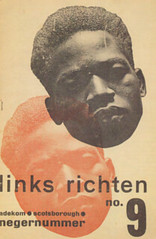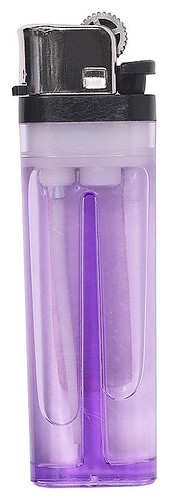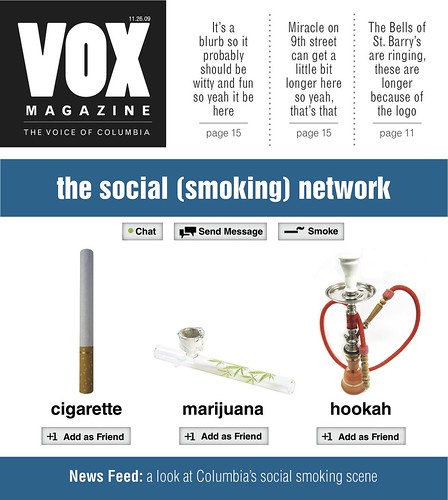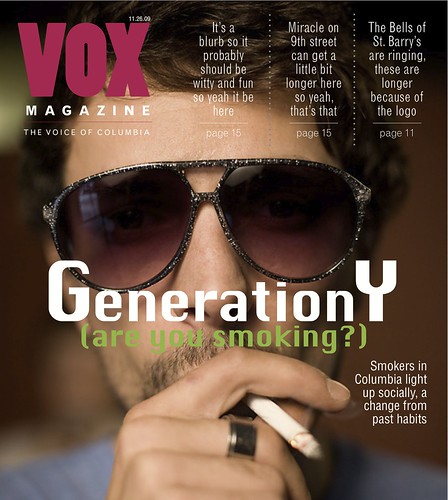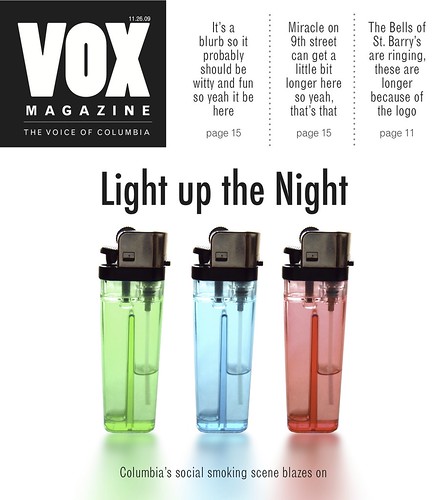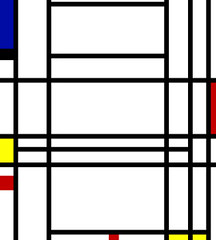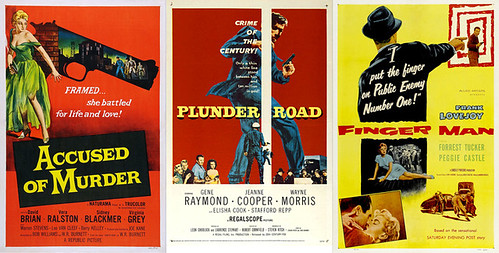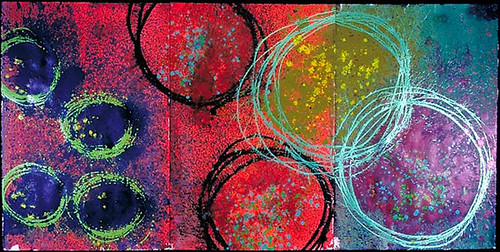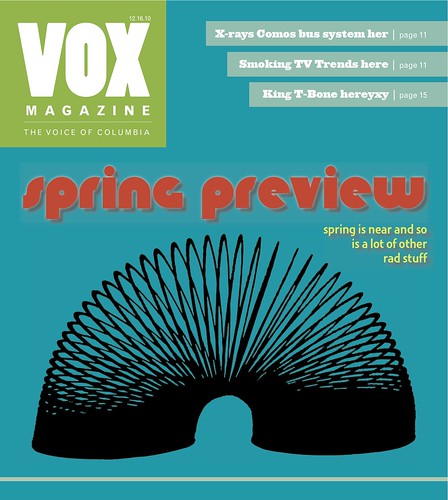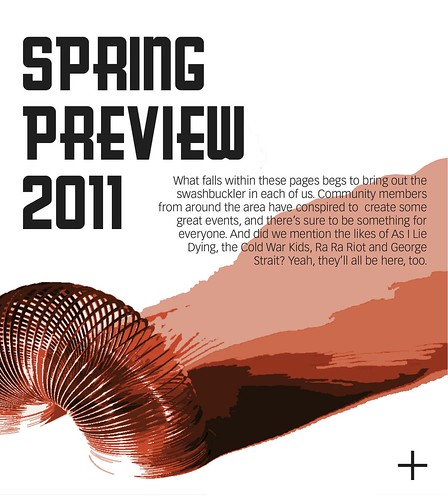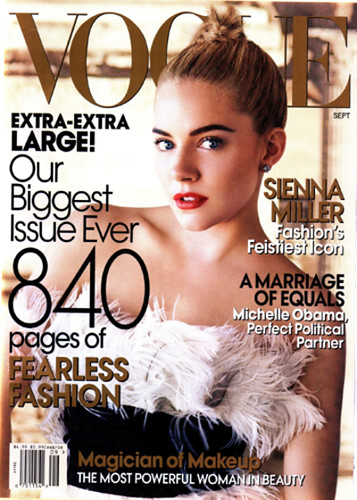 The September Issue is a documentary that gives viewers a look at the inner workings of Vogue as the editorial and design teams work to produce its 2007 September issue (the biggest print magazine publication ever printed, also known as "the Bible" within the industry).
The September Issue is a documentary that gives viewers a look at the inner workings of Vogue as the editorial and design teams work to produce its 2007 September issue (the biggest print magazine publication ever printed, also known as "the Bible" within the industry).Let me preface this response before I get going on my high horse. I generally care very little about Vogue and its place in the fashion industry, nor am I a fashion aficionado. I can't wrap my head around the concept of spending thousands of dollars on trends that will be out of style in a few months. I buy clothes that I like and know I can wear for years (and I try not to spend very much on them, either). I thoroughly enjoyed The Devil Wears Prada simply because I find the lifestyle to be absolutely ridiculous. So at the very least, I was curious to observe "real life" interactions at such a publication. Thus, this response will likely be biased due to my preconceived notions regarding the industry and Vogue itself.
First of all, I found the creative director's primary role (at least her role as represented by this documentary) to be disturbingly disappointing. Grace Coddington apparently holds a position through which she organizes fabulous photographic storyboards that are ultimately passed over for more intriguing coverage of celebrities (shocking). She flexes her creative muscles only for a large part of her work to be left behind on the cutting room floor. And it's not because the work isn't great; it's a direct result of the magazine's priorities (which stem from the fact that they need to be able to sell magazines, of course.)
For example, Grace's concept for the roaring 20s feature, Paris, je t'aime, was absolutely exquisite. She selected the perfect outfits and then executed the shoot in a completely believable way. Furthermore, the formal artistic compositions that reside within each individual frame captivates me. I can absolutely appreciate the magnificence of the clothing within this feature (although I'm not persuaded to buy any of the pieces, ha.)
Ultimately the documentary depicts a one-way relationship between Grace and Anna. Anna tells Grace to work on a feature, Grace produces something great, Anna changes her mind, much of Grace's work was for naught. Granted, she is the creative of one of the world's most renowned fashion magazines. But it does beg this question: how much can one compromise ones self-respect as a designer for the "overall good'" of a fashion magazine? Apparently Grace decided a long time ago she could compromise a lot.
This documentary taught me a few things about the role of a creative director in a big time publication (like Vogue). If this is how creative specialists are typically treated at big time publications, I might be re-evaluating my next plan of action as I prepare to enter the professional realm as a full fledged adult for the first time. Oh well, I wasn't really planning to get too far outside of the Midwest, anyway. At least now I won't have to worry about missing out on anything.
In any case, I won't be sending my resume in to Vogue any time soon. I'm far too realistic, sarcastic and narcissistic to put up with such "stuff".
***If you share similar skeptical feelings about the topic, you should definitely check out this blog about Vogue's September issue. It's absolutely fabulous.***

